Deep in the forests of some of our most beloved and charming fairy tales, you'll find fascinating mythical humanoid creatures who are short in stature, rotund in girth, and cheerful in nature. These are gnomes, dwellers of the earth, protectors of crops, flowers, and treasure.

What is a Garden Gnome
Gnomes are present in many fairy tales, myths and stories that go back hundreds of years. They are often depicted as pleasant little men who donned pointed hats, had round bellies, and long white beards.
The name is thought potentially to derive from the Greek word “genomos” meaning “earth-dweller”, an accurate description for mythological beings who are used to protect crops, gardens, and buried treasures.

History of the Garden Gnome
The Ancient Rome Garden Gnome
Garden gnomes as we know them today, were first produced in 19th century Germany by sculptor Philip Griebel.
Made of clay (and eventually resin and plastic by the 1970s and 80s), these gnomes were called Gartenzwerge or garden dwarfs. However, the earliest gnome statuary descendants were used in ancient Rome. These were statues of the Roman gods and the most common one was Priapus, a god of fertility derived from Greek mythology.
The gnome statue, and other statues like it, were used in gardens to ensure a bountiful harvest by protecting the animals and plants. They also were said to keep evil spirits away.
The Magical Powers of the Renaissance Gnome
The Renaissance era was the period that gnome folklore and stories were expanded due to the high spirits of the age.
It was during this timeline that the gnomes were described as beings with magical powers. At this time, the folklore of garden gnomes coming out at night to help plants evolved.
They were playfully known as “grotesques” and designed to be petite with hunched backs and earned the title of the Italian word “Gobbi”
Rise of Gnomes in the 18th Century
By the 18th century, garden gnomes were commonly used as a status symbol in the gardens of wealthy families.
As time moved forward, the use of gnomes perpetuated thanks to the myths, folklore, and world-wide stories such as German fairy tales. It was in these stories that gnomes were depicted as little creatures with magical powers who helped humans with farming.

Garden Gnomes in the Modern Era
The New Garden Gnome Design
Traditional gnomes continued their rise in popularity up until the world wars. At this time, there was understandably a fall in production and gnomes did not see a rise in pace again for a couple of decades.
Upon their return, gnomes came back with brighter colors and more smiling faces, likely inspired by Snow White and the Seven Dwarfs, 1937 Disney movie.
By the 1970s, variations in creation also evolved. Instead of clay or terracotta, gnomes were produced from plastic or resin for a lighter, longer-lasting design.
Rise of Gnomes in Pop Culture
Today, gnomes are once again seeing a rise in popularity thanks to a series of commercials and movies.
In early 2004, the online travel agency website Travelocity launched the Where is My Gnome? advertising campaign which featured a charming garden gnome who has left his garden in search of adventure.
Throughout the 2000s, gnomes also played major roles in motion pictures including Amelie in 2001 and in Gnomeo and Juliet, a 2011 animated movie adaptation of Shakespeare’s Romeo and Juliet.
In fact, our very own Gus the Original Garden Gnome made an appearance in the 2008 Clint Eastwood drama, Gran Torino (Gus is humble about his acting career, but we’re very proud of him).
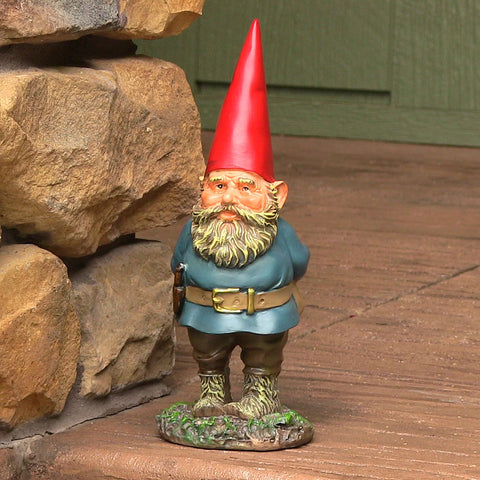
There’s also a wider variety of garden gnomes on the market including humorous gnomes, traditional garden gnomes holding gardening supplies, or gnomes doing more leisurely activities so you’re sure to find the perfect gnome to use as a funny gift or star in your next social media post.

Add Appeal to Your Yard with a Charming Garden Gnome
With an array of gnomes available on the market, you are sure to find one that perfectly represents your sense of humor, passions or to accent the garden, porch or patio. Other ideas include creating a gnome garden with a group of gnomes, adding a gnome statue to a fairy garden, or covering up a bare space in the lawn.
With its rich history, the garden gnome stands ready to protect, charm and flourish in the backyard, garden or whatever part of earth it dwells
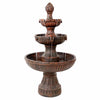
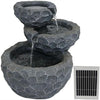
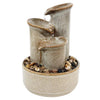

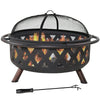
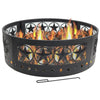

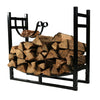
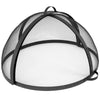
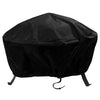
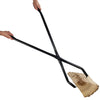







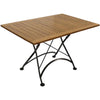



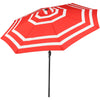
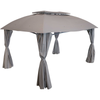

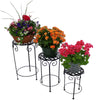
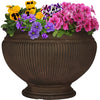
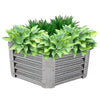
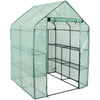
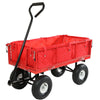
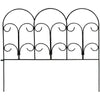
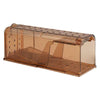
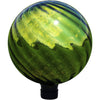


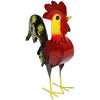
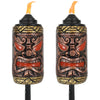


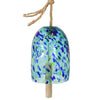

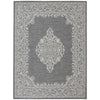

















5 comments
drfjnrjnejngjnkejnj
love it
Debbie Paciaffi
i have gnomes from germany that were my grandmothers. they are cracked was wondering if there is a place that can restore them or any ideas on how to fix them.
Gillian
I have an old garden gnome, he looks to be wearing an apron with a belt and smoking a pipe anyone got any info on this type and colours to restore him in.
Diana L Roberts
Thank you for the lovey information.
Randy Marsman
I live in the Philippines, gnome status are difficult to find.
My curiosity leads me to asking where to locate the forms to mold gnomes?
The one I like in your article is the gnome reading the book with a rabbit at his side.
Thanks!